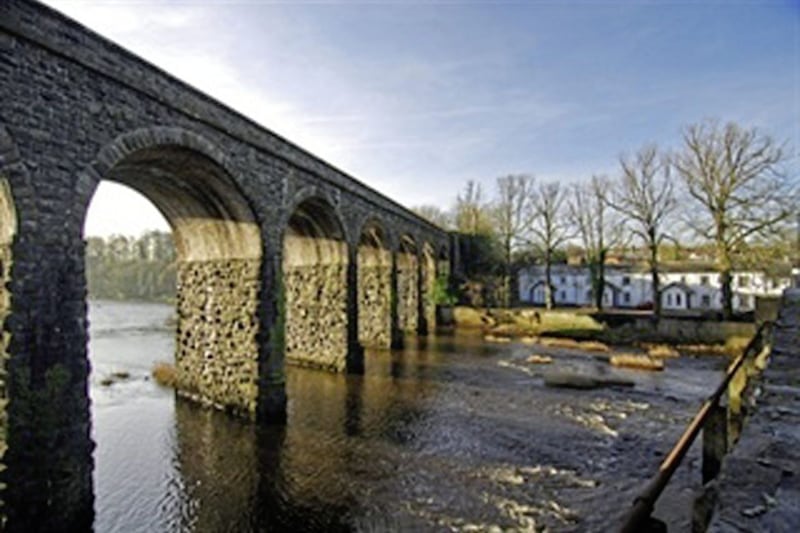A new book featuring a comprehensive account of the gravestone inscriptions at an ancient church on the northern shores of Lough Neagh has been published.
Dating back to the early 1700s, the headstones at the 12th century ruined church of Cranfield in Co Antrim and the nearby early Christian well of St Olcan have been painstakingly recorded.
Over the last few years, members of the Creggan Local Heritage Group have recorded the information found on more than 100 gravestones.
Many relate to families from Creggan, Randalstown and the surrounding areas and also those who have left to live further afield.
The heritage group embarked on the project in a bid to maintain the information for future generations amid concerns that the grave inscriptions at Cranfield would be lost over time with many of the graves starting to fade or crack.

Their hard work has now seen the publication of the book, ‘Graveyard inscriptions from the Ancient Graveyard of Cranfield and Genealogical Material from Local Townlands’.
The book also includes information on the Creggan School registers from 1860 to 1920.
The rolls noted the child’s name, date of enrollment, the townland they hailed from and the occupation of their father.
Patrick McAteer from the heritage group said they had “spent much time over the last few years noting the graveyard inscriptions and photographing the graves in Cranfield Graveyard”.
“The graveyard is an ancient one associated with the 12th century ruined church of Cranfield and the nearby early Christian well of St Olcan,” he said.
“The graveyard served both sides of the community throughout the centuries and many of the graves date back to the 1700s.
“Some local families still exercise their right to be buried in this special place overlooking Lough Neagh.

“The group has also had access to a unique set of registration rolls from Creggan primary school which date back to the 1860s.
“Few if any primary schools in the North of Ireland would have retained attendance rolls from such an early period.
“The rolls have the pupils’ name, townland and their father’s occupation which makes for interesting reading.
“While the vast majority of occupations are listed as farmer, fisherman and labourer, other more unusual ones are railway gauger, servant, drayman, artisan are mentioned
“These records have been supplemented with local genealogical material gleaned from other 19th century records.”
The book is available from Kearney’s on Station Road, Randalstown and at Lock Keepers Cottage restaurant in Toome.









